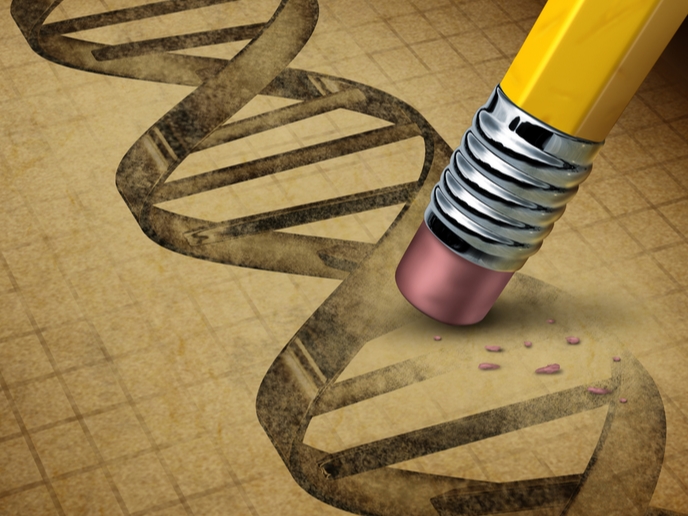Catching up with DevelopAKUre: After 10 years of hard work, an innovative AKU treatment will soon be available, transforming patients’ lives
When we spoke at the beginning of 2019, the DevelopAKUre (Clinical Development of Nitisinone for Alkaptonuria) team were on the cusp of deciding whether to file a market application that would allow nitisinone to be used to treat AKU patients. What has happened since? “Well, our SONIA 2 (suitability of nitisinone in alkaptonuria 2) study, which was a randomised clinical trial for 4 years wrapped up in January 2019,” explains Ranganath. “Key stakeholders discussed the results in Stockholm over a 2-day period in June 2019 and, because of the robust data, our Swedish pharma partner, Sobi, decided to apply to the European Medicines Agency (EMA) for marketing authorisation of nitisinone in alkaptonuria.” Work has continued since that meeting to make the market authorisation request a priority. “In early November 2019, an investigator meeting was also convened in Stockholm when the decision to apply to the EMA was conveyed to the consortium following a full discussion of the results,” Ranganath continues. “The regulatory package is currently being prepared by Sobi with a view to submission to the EMA in late February 2020.”
A new hope for AKU patients
Why nitisinone is so crucial as an AKU treatment is because it is shown to cause a marked sustained decrease in urine (and serum) homogentisic acid (HGA), the cause of AKU, of more than 99 %, which was the agreed primary outcome with the EMA. “Overall, our studies have provided proof-of-concept support for the lowering of HGA as a disease-modifying strategy, leading the way for more advanced gene therapy in the future,” comments Ranganath. For now, the focus is on the planned EMA application and to ensure that all AKU patients across Europe have access to the new treatment. Sobi are also working in parallel to ensure equitable access to nitisinone post-approval through the MoCA (Mechanism of Coordinated Access) initiative. Ranganath concludes: “Our efforts to develop nitisinone for AKU began in 2011 and should conclude in February, when the EMA decision will follow. So this was a whole decade of work – and so the landscape for AKU patients should be changed forever by the end of 2021!”
Countries
United Kingdom



